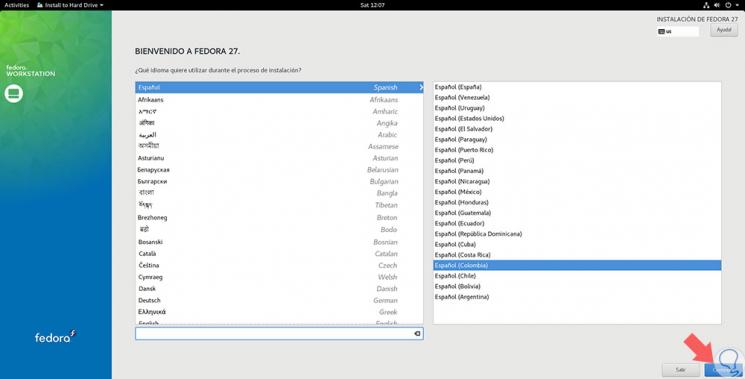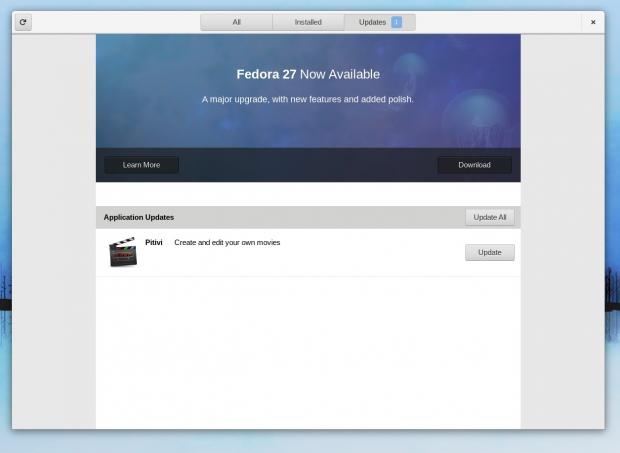

- Fedora 27 workstation netbook install#
- Fedora 27 workstation netbook software#
- Fedora 27 workstation netbook Pc#
Log in to Fedora using your username and password.Follow on-screen instructions, and complete the installation.Accept the license agreement, and proceed.Start VM and when it asks to select the Host Drive, then select the downloaded Fedora 10 ISO file in step 1.Īs soon as you go to the Fedora Welcome Screen, follow the steps given below:.Select Ubuntu and use defualt settings for the virtual machine.Launch the Virtualbox application on your computer, and start creating a new virtual machine.Start the virtual machine and go to the Fedora 10 installer.Select the ISO image file of Fedora 10, and use the default settings for the virtual machine.Launch the VMware Player, and start creating a new virtual machine.Select USB device and start the Fedora 10 installer.Press the boot device menu key and select USB to boot first.
Fedora 27 workstation netbook install#
As soon as done, plug the bootable USB into a system where you want to install Fedora 10.Open the USB bootable creation software, and select the ISO image file of Fedora 10, and start the process.Plug in a USB flash drive (at least 4 GB of free space available) with your PC.
Fedora 27 workstation netbook software#

Fedora 27 workstation netbook Pc#
Installation instructions Starting installer in PC (via USB) Like other Linux distributions, Fedora is bundled with many general software applications such as Firefox Browser, LibreOffice, Media Player etc. There are more other desktop environments supported in Fedora, such as Cinnamon, Xfce, and MATE. GNOME is currently the default desktop environment for the operating system, and the GNOME Shell is the default user interface.

Fedora was designed for personal computers and servers, and is currently available in three different editions, which are for Workstation (for personal computer), Server (for servers), and Atomic (for cloud computing). General information from Fedoraįedora is a free and open source Linux operating system (or distribution) that has been developed by contributions from community members and Red Hat. UPDATE: We've reviewed our recommendations and have updated our best Linux laptop overall pick to the standard Dell XPS 13, as the Developer's Edition is no longer in stock. Compared to the previous Fedora release, this version includes many new changes, updates and features, such as GNOME 2.24, KDE Plasma 4.1, Xfce 4.6, 3.0, Linux Kernel 2.6.27, Faster boot, ext4 filesystem support, Sugar / LXDE Desktop Environment, Virtual Storage, and more. Fedora 10 (Cambridge) was released on November 25, 2008, it was preceded by version 9, and was designed for desktop / laptop computers and servers. 32-bit (x86) and 64-bit (x86-64) versions are available to Fedora 10.


 0 kommentar(er)
0 kommentar(er)
